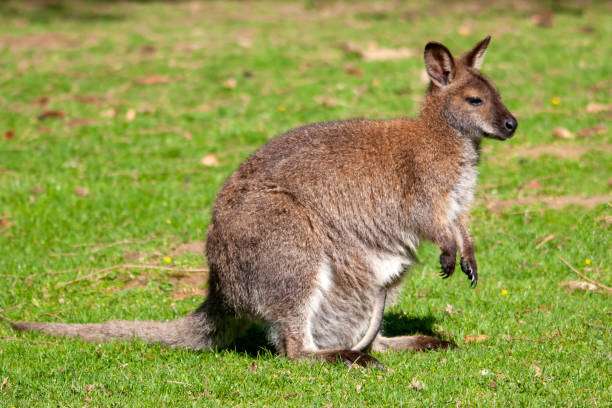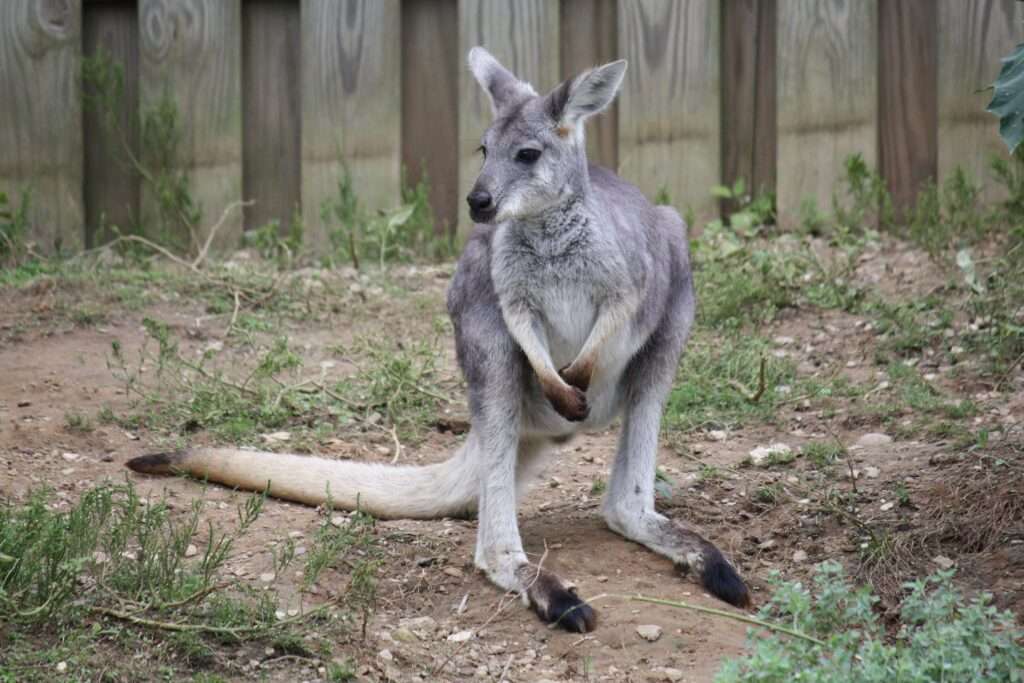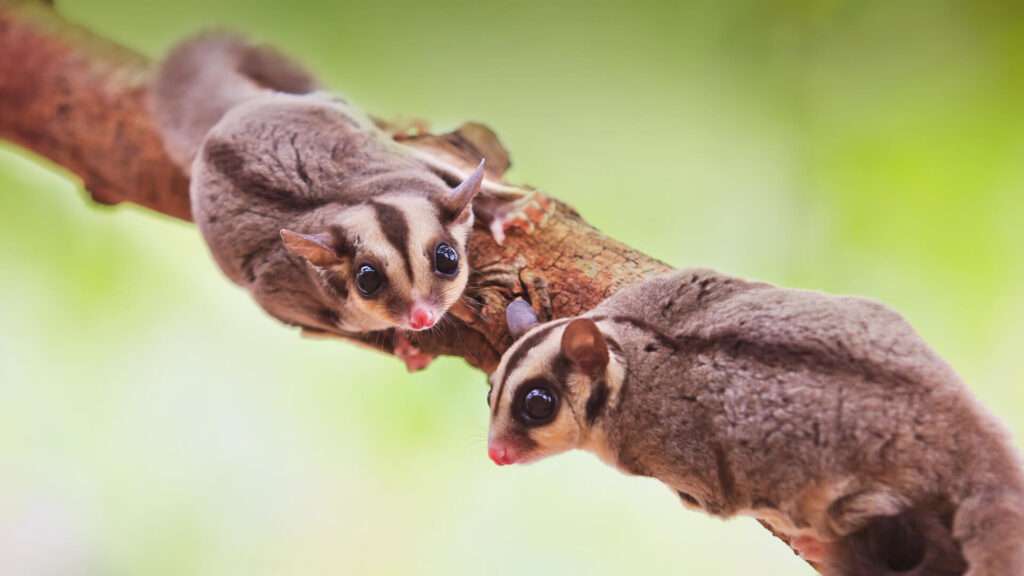
Description
Scientific name: Mephitis mephitis
Life span: More than 10 years in captivity
Skunks are beautiful striped animals that can be identified by their color pattern. They are black in color with white markings on their neck and a narrow white stripe running down the middle of their nose toward their forehead. The white pattern on their neck often continues along the dorsum and splits into a broad, V-shape. However, the pattern varies widely across individuals. Additionally, the margins of their spiky, black tail usually have white hairs. They have tiny, triangular heads, small ears, and black eyes without nictitating membranes. They exhibit sexual dimorphism. Male skunks are larger in size as compared to females.
Native Region/Habitat
Skunks are native to Canada, Mexico, North America, the Atlantic and Pacific ocean, and the United state. They inhabit woodlands, wooded ravines, scrubland, and grassy plains.
As Pet

Behavior/Temperament
Skunks are peaceful creatures who frequently avoid other creatures, unless during mating season. Skunks are renowned for their defensive tendencies despite their docile disposition. In addition to other members of the Mustelidae family, they are noted for possessing enormous anal smell glands. These paired glands release a powerful, yellowish scent through the urethra in a fluid spray that may travel up to 6.0 meters. The ensuing mist can spread much farther, and people can sense the fragrance at great distances. It has been proven that the musk may make people nauseous, extremely painful, and temporarily blind. If confronted, M. mephitis will turn to face the adversary, arch its back, and raise its tail before warningly stomping the ground with its forelegs. If the stomping on the ground is timed with stepping back, a momentary handstand may be done. If the invader does not cooperate by moving back, the skunk will twist its hindquarters while still facing it and spray. A discharge might also be brought on by impulsive actions or sounds.
Care/Grooming
Skunks do not have a spraying defense against predators, so they are the best choice to keep as a pet indoors. Most people let their skunks wander their houses when they are around to keep an eye on them. Some owners even completely transform some spaces like tiny bedrooms into “skunk playrooms.” This will allow you to restrict your skunk’s access to dangerous areas of your house and keep the majority of its toys and sleeping in one room. To keep them secure, make sure your house is impenetrable to escape. That entails keeping a tight eye on any open windows and doors. Your skunk may travel miles within a day if it escapes. You may also take them outside without risk for enrichment or exercise.
Table





